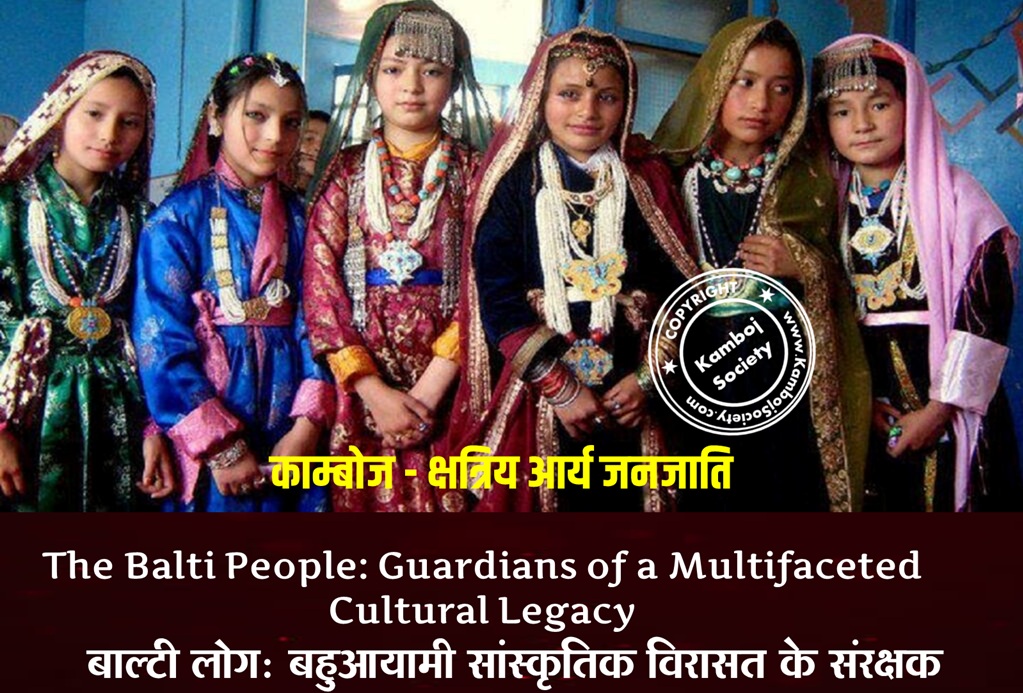During the past 10 to 15 years, there has been a spurt in amateur activity on medicinal plants resulting in the publication of a very large number of repetitive lists of medicinal plants, on various pretexts, in English and various regional languages, either as articles in journals or even books. These publications only serve the personal interests of the authors, as they only contain information that has been merely copied from earlier publications without any kind of verification, substantiation or authentication. Such publications create a problem without strengthening the literature support to the subject. One needs to be very careful in using this kind of free-lance literature.
Some of the local experts are real scholars, well versed in indigenous medical literature and experimented in their own sphere of the profession. They are a very valuable source of information, if they are willing to talk, as several of these local experts are very secretive.
A number of people in the rural and tribal areas are certainly very experienced and knowledgeable in the use of plants as medicine, and a lot of what they know is not recorded in any form. Some of them are reluctant to talk, while a few others enthusiastically share their knowledge. These also are a useful source.
Problems arise from people who do not know much or do not know for certain, but also do not admit so. Even in the matter of learning local names of plants, a similar difficulty arises.
We have consulted a large number of local experts in various parts of Karnataka, (listed separately) and are left with mixed feelings. In the initial stages we lost a considerable amount of time and effort due to the pretenders. It takes time to be able to feel the pulse and recognise a knowledgeable and honest person from the rest. One needs to be very careful in using oral information, and unfortunately, we cannot totally ignore it either.
THERAPEUTIC INDEX, FREQUENCY INDEX AND ELITE MEDICINAL PLANTS
The Therapeutic Index (TI) of a medicinal plant is the percentage value of the number of different therapeutic effects it exerts, calculated against the number of identified therapeutic effects. The larger the number of different therapeutic situations in which a species is useful, the higher is its index, and the greater is its importance. For example, neem and ginger exert more therapeutic effects than other species used in gastro-intestinal disorders.
The Frequency Index (FI) is similar to TI, but calculated against a set number of identified medicines and/or formulations, in which the species is an ingredient. The higher the FI, the greater is the importance of a medicinal plant. For FI, the base data for a species come from formularies and product information.
Elite medicinal plants are those that have higher TI and FI, such as neem and ginger, and so they are important. Some are otherwise important, such as Catharanthus roseus which is the most important anti-leukaemic species. Market data on demand and supply also reflect the importance of various species, but TI and FI values are scientific.
TI and FI data are necessary to evaluate the relative importance of various medicinal plants, in order to plan their cultivation, management, sustained ustilisation, research and conservation. Solanum nigrum is a species that is in use in all the Indian indigenous systems and Homoeopathy as an anti-inflammatory and astringent, but there is very little scientific information on this species.
TI and FI data were gathered for some medicinal plants in parts of the erstwhile USSR a decade ago, which gave an idea of the relative importance of the selected species, as sources of drugs.
We made attempts to calculate TI and FI values for the Indian medicinal plants, but the outcome was not very encouraging, due to the fluidity of the ground data. Kamboj (2000) cited the frequency of use of some medicinal plants in formulations, but in the absence of information on the sources for these estimations, some figures seem too high. Which therapeutic effects and which formulations, should be recognised, is still the major problem to be sorted out. New therapeutic effects are being continuously discovered even for well known medicinal plants and new formulations are being introduced by the dozen every now and then. There are certainly a lot more products, in the name of Ayurveda, on the market than the number of standard and classical formulations. It is not impossible to sort the situation out, but it would take a considerable lot more of effort and time.
PROBLEMS IN ESTABLISHING THE IDENTITY OF INDIAN MEDICINAL
PLANTS
One of the major problems in the study of Indian medicinal plants is establishing their correct identity basing on the classical texts and other references. The references to the plants in the source texts are either in samskrit (Ayurveda), tamil (Siddha) or persian/arabic/urdu (Unani). The meaning and import of the language used for the names and descriptions centuries ago, has to be interpreted and understood correctly, handicapped by our current understanding of the respective languages. The current form of these languages is vastly different from that of the classical. Any errors in this process will seriously affect the efficacy of the medicine and the credibility of the systems of medicine. Also research on medicinal plants will be jeopardised.










